It’s not often that cannabis takes mainstream news by storm, but a recent study about cannabis compounds and COVID-19 did just that.
In case you missed it: a study published by the Journal of Natural Products on January 10 suggested that certain cannabinoids can bind with coronavirus, preventing them from entering healthy cells, and reducing viral infection. Cue media freakout. 1
If you’re confused about what the study actually found versus the hype in the headlines, here’s what you need to know.
What does the study say?
There’s a lot of reasons to celebrate this study. Two cannabis compounds, CBDA and CBGA, were found to block the virus’ ability to bind with host cells, meaning these compounds can help to prevent the COVID-19 virus from entering your healthy cells.
The study used live SARS-CoV-2 virus, specifically the alpha and beta variants. They then tried to infect human cells with the virus, which they found was prevented by the presence of certain compounds produced by the cannabis plant. This potentially opens up a new door of potential treatments.
Perhaps the most interesting finding is that unlike previous research on cannabis and COVID, these cannabinoid acid compounds bind with the spike protein of COVID, the same protein targeted by the vaccine.
However, this study has limitations. These results came from in vitro testing, meaning cells in test tubes, not real people. Also, the concentration levels of these compounds needed to block infections in people is extremely high, but “might be clinically available” according to the study’s authors.
While these results are promising, it’s a long way off from a successful human trial, and it certainly doesn’t mean that cannabis can cure COVID. Think of this study as step one on the long road of the scientific method.
Do these findings apply to smoking cannabis?
No, these findings don’t give you carte blanche to light up. In fact, smoking has nothing to do with what the researchers found and won’t give you the benefits mentioned above.
Why? The compounds studied were acids; cannabidiolic acid (CBDA) and cannabigerolic acid (CBGA). The neutral compounds of CBD and CBG showed little to no binding activity with the spike proteins.
Acidic compounds are only found in the raw form of the plant and convert to the neutral forms we know under heat. So while CBDA and CBGA are abundant in the plant material, they’re much harder to find in products.
Additionally, these compounds are found in high quantities in certain hemp plants, not in the average dispensary bud. Since hemp is federally legal, researchers were able to examine the compounds easily.
But many current cannabis cultivars don’t have high concentrations of other cannabinoids besides THCA. These high-THC strains, which are commonly found at dispensaries, usually have very little of the compounds investigators looked at. That is not because researchers didn’t want to look at THC, though.
When the researchers were screening for pharmacologic activity, in addition to what they found with CBDA and CBGA, they also hypothesized that THCA could be active against the spike protein. The researchers likely would have wanted to test THCA as well, but sufficient quantities weren’t able to do so due to federal prohibition.
What does this study mean for me?
Don’t hold your breath for FDA-approved trials using CBDA and CBGA against COVID any time soon. There are years ahead before the FDA would consider approving the use of CBDA and CBGA for use in human trials, and in vitro results don’t always translate to real-world success. In vitro testing is just the first step in a long line of testing stages and next up would likely be animal trials in rodents, or at best a trial in humans assessing tolerability and toxicity of these compounds.
But this study does share an exciting finding that you can apply to your life today. You can incorporate CBDA and CBGA into your normal cannabis routine by either purchasing a product with cannabinoid acids or making your own at home with flowers. You can also consider making a cannabis tea, or skipping the decarboxylation step with any edible recipe to get a dose of cannabinoid acids.
Previous research, as well as other small studies, have shown that CBD and other cannabis compounds can have a positive mitigating effect on combating the effects of COVID-19. Combining these cannabinoids acids and some full spectrum CBD oil seem like reasonable steps to take to combat the virus any way we can.
Keep in mind that combating the effects are not the same as curing the disease, but every preventative step you can take is a good one during a pandemic.
Sign up for bi-weekly updates, packed full of cannabis education, recipes, and tips. Your inbox will love it.

 Shop
Shop Support
Support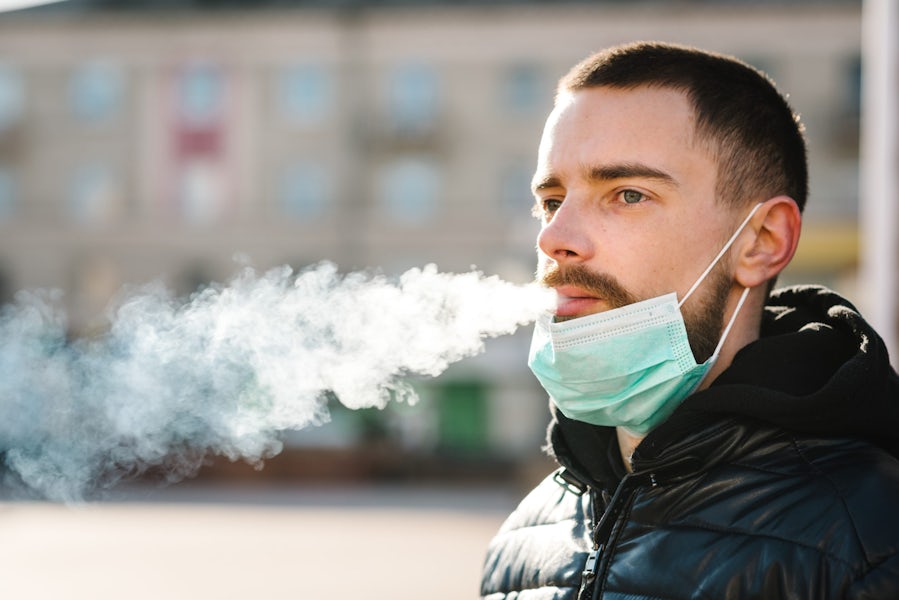



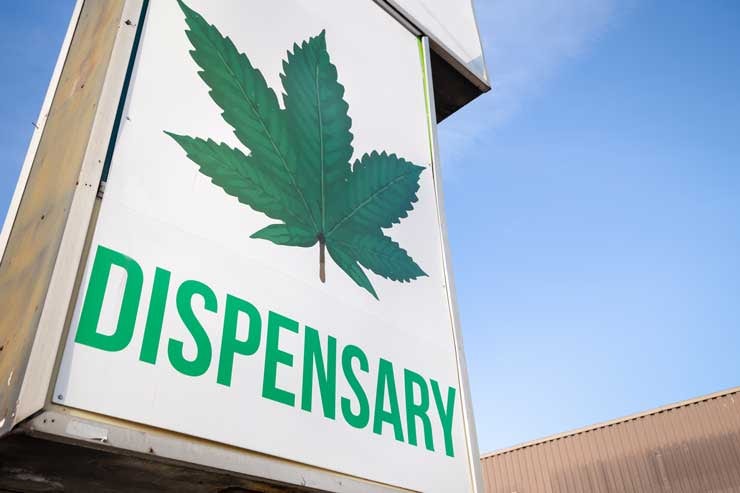
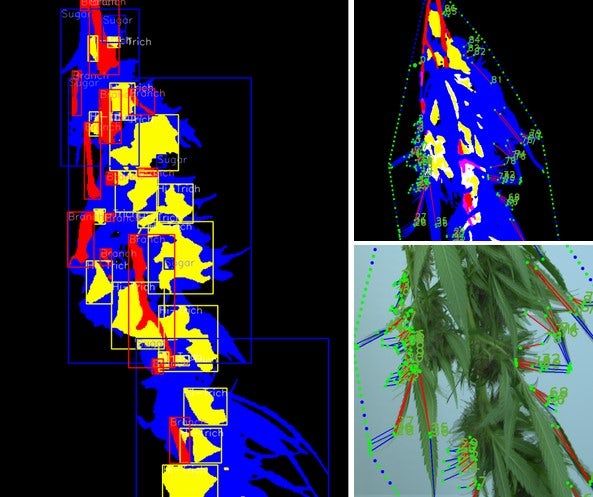
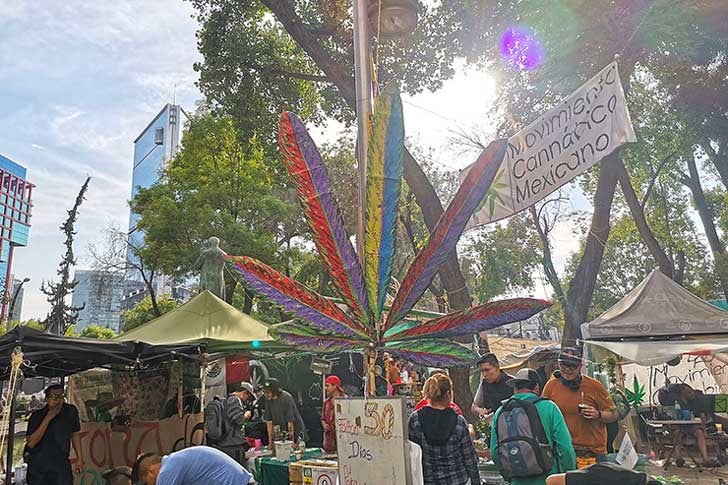
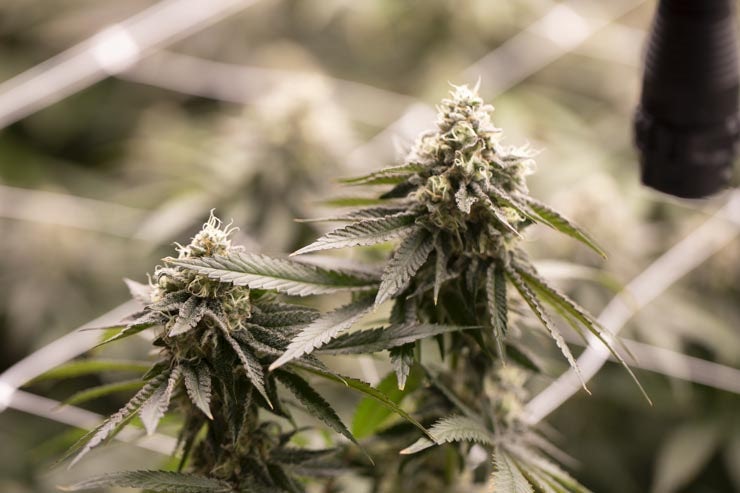












So interesting! Very curious if they would find the same results with THCa, if it were able to be researched. Some day the government will acknowledge the many benefits this plant has to offer.